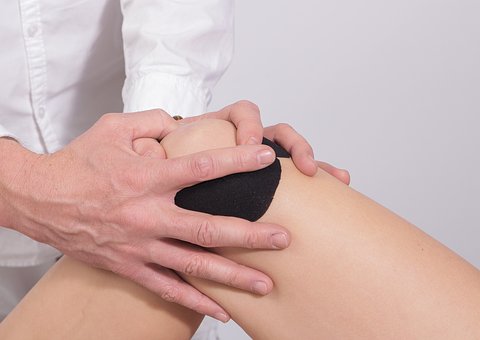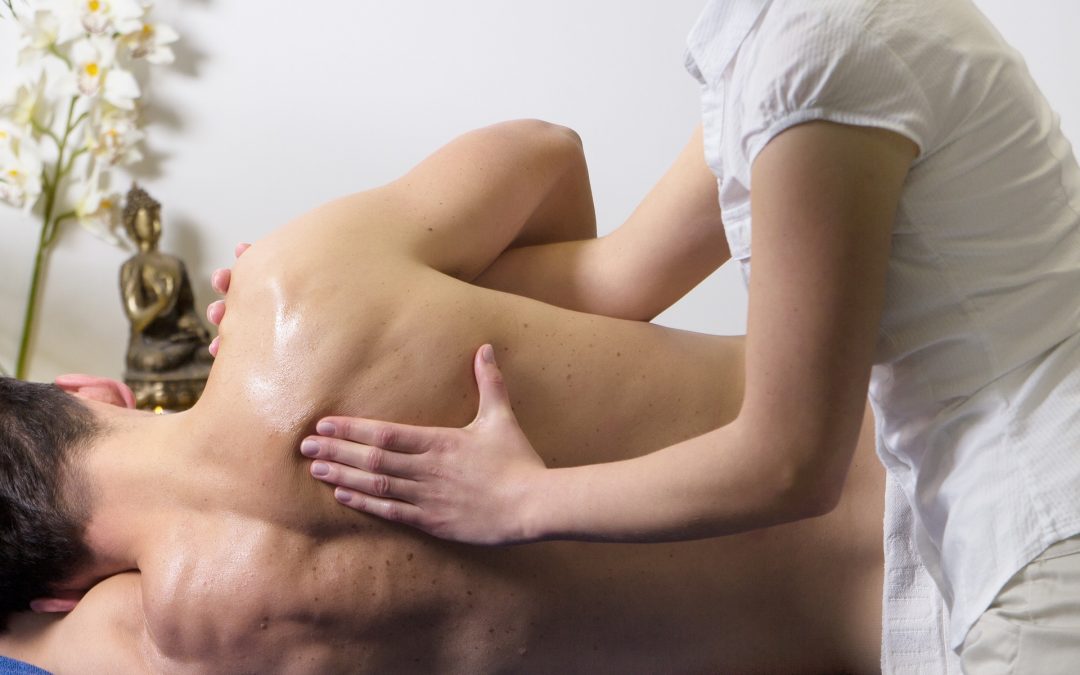Many patients, whether completely new to chiropractic or just new to me, come into my office and ask, “So what exactly is that “cracking” sound when I get treated or adjusted?”.
Rest assured that cracking sound is not made by your bones, but rather it is made by the release of a bubble from within your joint. Each of your joints (where one bone meets another) is surrounded by a joint capsule (connective tissue) and inside this joint capsule is synovial fluid, which is like WD-40 for your joints. It helps maintain your joints and keep them moving the way they should. Back to the cracking – a better word for it is cavitation, which is the formation of bubbles in a liquid (synovial fluid). When a chiropractor makes and adjustment to a joint, bubbles are formed and released, creating that famous sound…and a lot of relief!
Okay, now that we have a better understanding of the cracking, why do chiropractors treat patients in a way that makes that sound? As chiropractors, we have received extensive training that enables us to feel when a joint in the body has lost some of it’s normal motion, and allows us to treat and restore normal motion. Chiropractors use a high-velocity, low-amplitude (quick and small) adjustment that restores lost motion in joints..
 When any part of the body isn’t being used, resources to maintain the health of that area are sent to areas that are being used. This means that when a joint isn’t moving the way it should be, it starts to break down, or degenerate, which can cause pain and stiffness. Just like when we workout, our muscles get bigger to be able to move more weight. Then when we stop working out, we lose those muscles because our body does not want to spend energy on maintaining something that it isn’t using. Or when someone has a broken arm that has been immobilized in a cast, and once their cast comes off the arm that was immobilized is smaller.
When any part of the body isn’t being used, resources to maintain the health of that area are sent to areas that are being used. This means that when a joint isn’t moving the way it should be, it starts to break down, or degenerate, which can cause pain and stiffness. Just like when we workout, our muscles get bigger to be able to move more weight. Then when we stop working out, we lose those muscles because our body does not want to spend energy on maintaining something that it isn’t using. Or when someone has a broken arm that has been immobilized in a cast, and once their cast comes off the arm that was immobilized is smaller.
These are examples of the same concept, that when motion has been lost to an area, it isn’t being used, and therefore starts to degenerate. There has been been some interesting recent research to suggest that our ancestors had less osteoarthritis because they were more active than us.
“Less physically active individuals who load their joints less develop thinner cartilage (…) as well as weaker muscles responsible for protecting joints by stabilizing them and limiting joint reaction forces.” (Wallace et.al., 2017).
Take home message: Movement is the best medicine for your body. This includes daily exercise (walking, weight training, sports, whatever is your thing), as well as ensuring you are moving properly in all your joints. After all, we only get one body in life, so it’s best to take care of the one you have!
Resources:
Wallace, I.J., Worthington, S., Nelson, D.T., Jurmain, R.D., Wren, K.T., Maijanen, H., Woods, R.J., and Lieberman, D.E. (July 12, 2017). Knee osteoarthritis has doubled in prevalence since the mid-20th century. PNAS. Retrieved from: http://www.pnas.org/content/early/2017/08/08/1703856114.full

